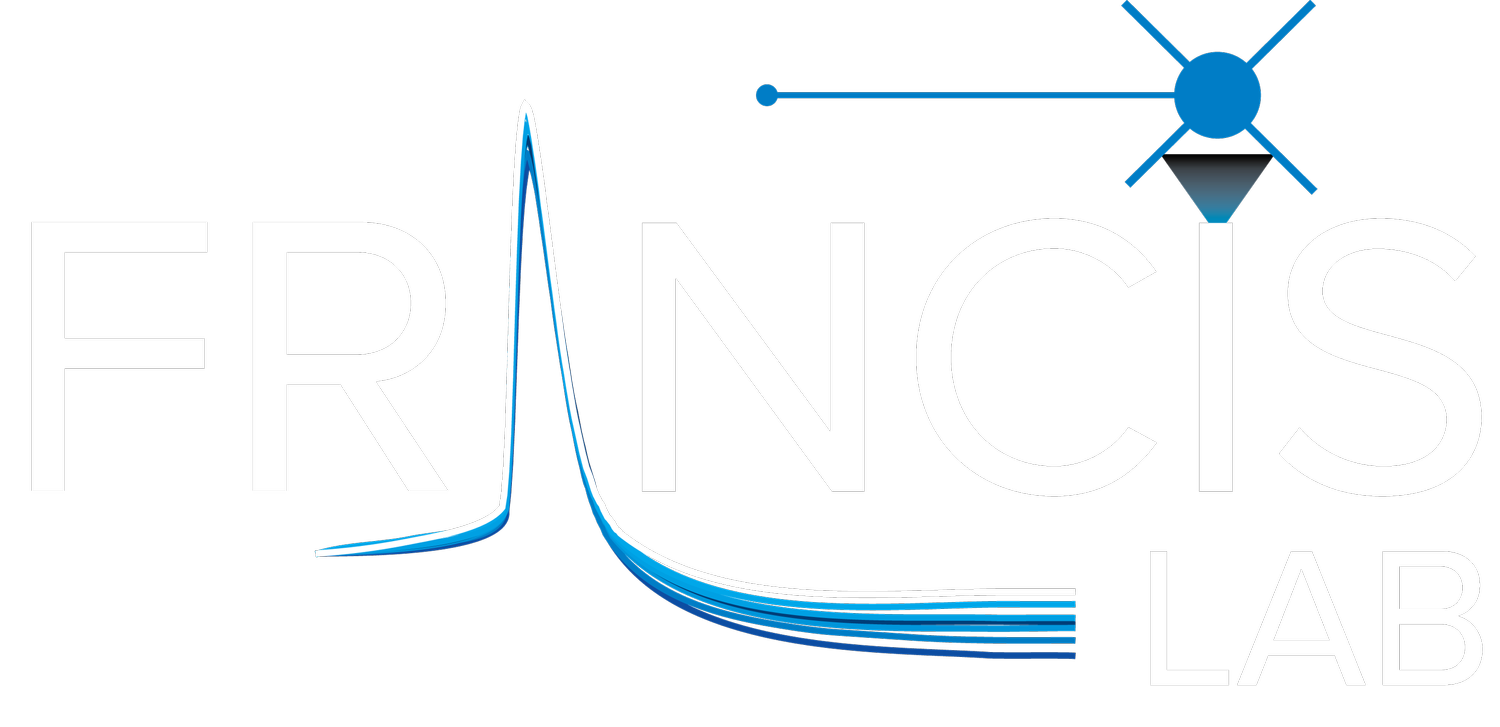Publications
Full list of publications here
Response to threatening environmental stimuli requires holistic detection and encoding of important environmental features that dictate threat. Animals need to recognize the likelihood that an environmental stimulus predicts threat and respond to these salient aversive stimuli appropriately. The nucleus accumbens is uniquely positioned to process this salient, aversive information and promote motivated output, through plasticity on the major projection neurons in the brain area. Here, we uncover a nucleus accumbens core local circuit whereby excitatory plasticity facilitates learning and recall of discrete aversive cues. We demonstrate that nucleus accumbens substance P release and long-term excitatory plasticity on dopamine 2 receptor expressing projection neurons is required for learning about aversion-associated cues. Additionally, we found learning and recall were dependent on different projection-neuron subtypes. Our work demonstrates a critical role for Nucleus Accumbens substance P in cue-dependent aversive learning.
This review assesses the role of circadian clocks in the brain in driving emotion, anxiety, and mood-related disorders. We discuss clock-driven molecular, cellular, and physiological mechanisms that underpin these outcomes.
•High-frequency activation of NAc D1-MSNs causes release of substance P
•D1-MSN high-frequency activation potentiates excitatory transmission on D2-MSNs
•D1-MSN high-frequency activation drives enhanced cholinergic interneuron firing
•D2-MSN AMPA receptor insertion by substance P requires M1 receptor signaling


